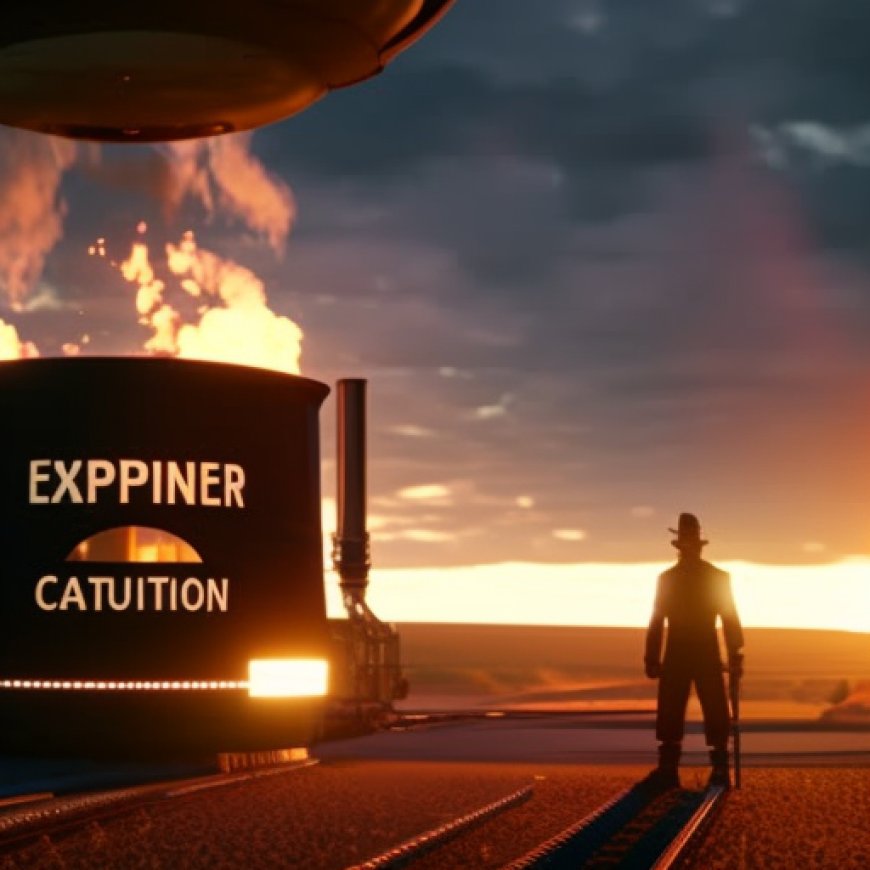Explainer: What is carbon capture and storage and will it cut emissions?
Explainer: What is carbon capture and storage and will it cut ... Reuters


UK Government Reaffirms Support for Carbon Capture and Storage Projects
LONDON, July 31 (Reuters) – The UK government on Monday reaffirmed its support for projects to capture and store carbon dioxide emissions as part of its efforts to reach net zero goals and said two more projects would be able to begin negotiations to take them forward.
Britain already said in March it would invest 20 billion pounds ($25.7 billion) over the next 20 years in the technology and did not announce any extra cash on Monday.
WHAT IS CCS?
There are two main types of carbon capture and storage. Point-source carbon capture and storage (CCS) which captures CO2 produced at the source, such as a smokestack, while direct air capture (DAC) removes carbon dioxide (CO2) that has already been released into the atmosphere.
The two new British projects to get government backing are Acorn – developed by Storegga, Shell, Harbour Energy and North Sea Midstream Partners – and the Viking project – led by Harbour Energy.
They are both designed to capture emissions from heavy-emitting sectors, such as oil and gas refining and steel manufacturing, and store them underground off the coast of Britain in depleted oil and gas fields.
HOW DOES IT WORK?
Firstly, the CO2 has to be separated from other gases produced in industrial processes or during power generation.
Once captured it has to be compressed and transported to sites for storage often via pipelines. After that, it has to be injected into rock formations underground – typically 1 km (0.62 mile) or more under the ground – for storage for decades.
IS THE TECHNOLOGY PROVEN?
CCS has been in operation since the 1970s with more than 200 million tonnes of CO2 captured and stored deep underground globally, the Global CCS Institute says.
Many projects however have failed to deliver the carbon savings promised.
The world’s largest commercial CCS project, Chevron Corp’s (CVX.N) reuters.com

Join us, as fellow seekers of change, on a transformative journey at https://sdgtalks.ai/welcome, where you can become a member and actively contribute to shaping a brighter future.







